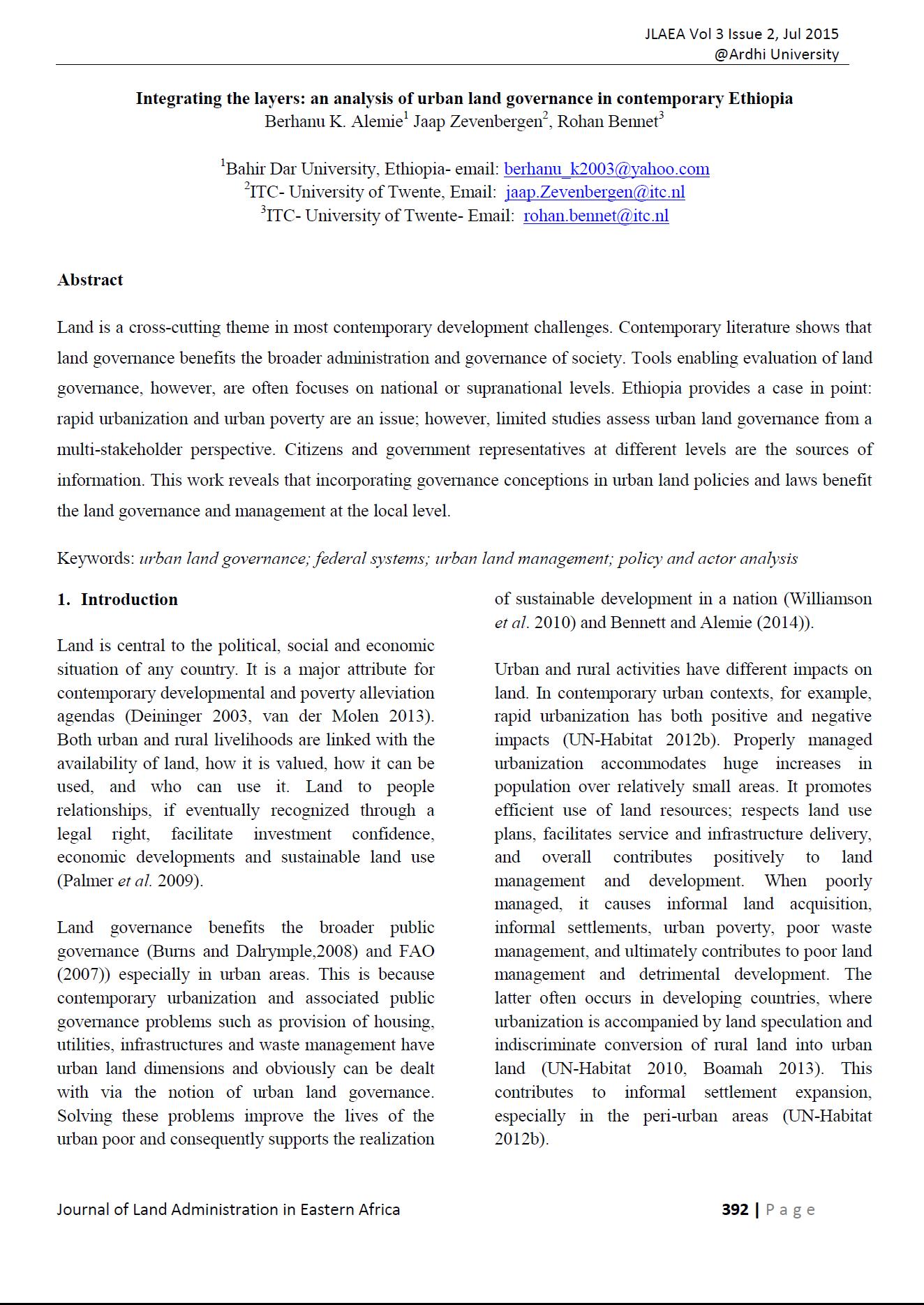Challenges and Opportunities in Urban Transport Projects
Problems or even failure in transport
initiatives are more likely for projects set in the urban
areas of developing countries. Connecting a rural village to
an all-weather road or restoring a section of national
highway is usually straightforward. Costs are modest,
institutional issues limited, and the benefits obvious. In
contrast, urban transport is not a single mode governed by a
single agency but a collection of modes with varied



